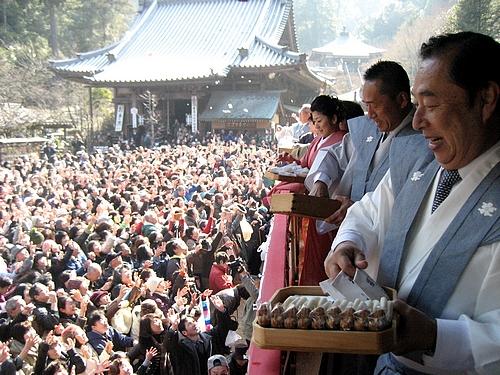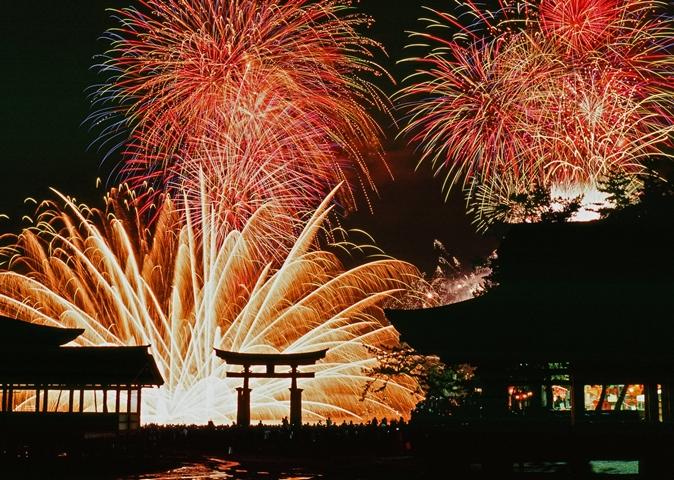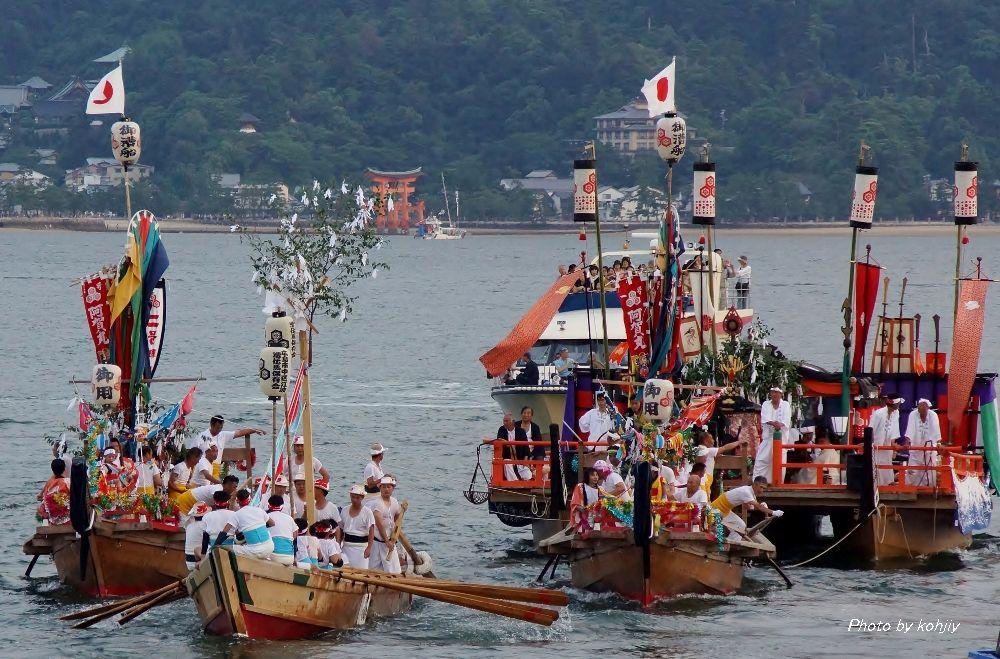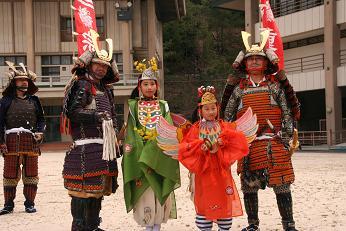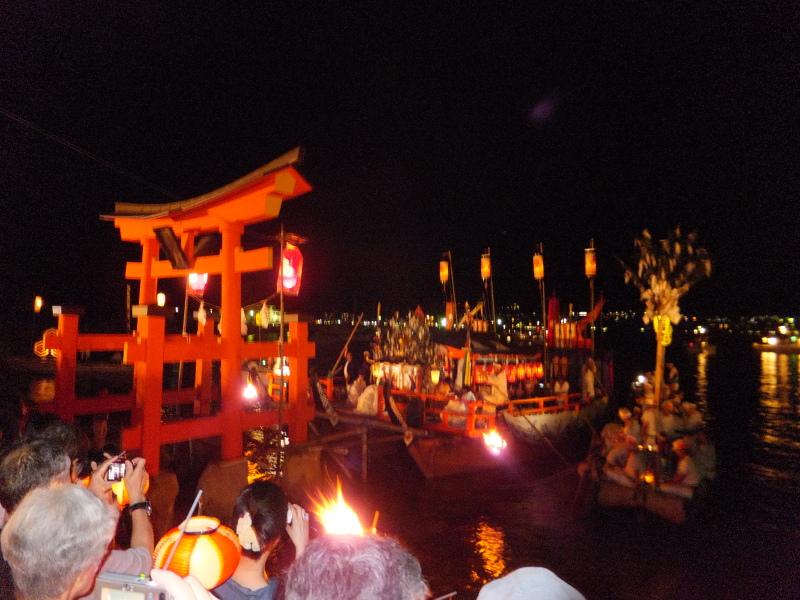Shinise Ryokan 'Iwaso', Miyajima, Hiroshima
Miyajima, the world heritage
Since ancient times, Miyajima has been regarded as one of the "Three Most Beautiful Spots" of Japan, and as a part of the Seto Inland Sea National Park, it has received several distinctions, such as a place of extraordinary scenic beauty, exceptional history, a scenic preservation area, and a natural monument. The virgin forests neighboring Mt. Misen are representative of the lush greenery and abundance of nature which still covers the entire island even now. Take a stroll in town, and the sights of the souvenir shops and ryokan (Japanese-style inns) will remind you of the liveliness and prosperity of a port town lined up with stores and houses.
In the year 12 of the Taisho period (1923), the whole of Miyajima was designated as a location of historical importance or extraordinary scenic beauty by the government, in the year 25 of the Showa period (1950), it was designated as a Setonai-kai National Park, and in December of the year 8 of the Heisei period, Itsukushima shrine as well as the Atomic Bomb Dome were registered on the World Heritage List of UNESCO (UN Educational, Scientific and Cultural Organization).
Origin of Iwaso
In 1855, Iwakuniya Sobei, the founder of "Iwaso" built a bridge over Momiji river under a permission of development of Momijidani from the local magistrate's office, and opened a tea house for a plenty of visitors to the fairs on Kangensai (the Orchestra Festival held on June 17 by the lunar calendar). The name Iwaso is derived from this founder's name Iwakuniya Sobei. Later in Meiji period, Iwaso was rebuilt as the accommodation facility, and has welcomed many guests who visited Miyajima, the Japan's scenic beauty.
For its fascinating interior and exterior architecture, Iwaso has been favored by many celebrities as Prince Arisugawa, Imperial Prince Yoshihito, Empress Dowager Shoken, Hirobumi Ito (the first prime minister), Soseki Natsume, Kyosi Takahama, Ohgai Mori, and so on.
Meals:
Guests can enjoy Kaisekii Ryori cooked with seasonal fesh-ingredients such as oysters and a conger. Since the meal is served at each guest room, guests can be satisfied with the same quality of traditional dishes attracted celeblities in a comfortable atmosphere.
Baths:
Hinode-yu (indoor, open-air)
Tsukino-yu (indoor, open-air)
Seasonal Events:
Oyster Festival: Second weekend of Feb.
Setsubun: Mar.3
Hina-matsuri (girls' festival): Mar.25~Apr.3
Kiyomori Festival: Mar. TBA
Toka-sai (kagura dance): Apr.15
Shin-noh (noh dance) : Apr.16
Hiwatarishiki (walking on the fire): Apr.15, Nov.15 at Daishoin
Kangen-sai (largest Festivat in Miyajima): Aug.1
Water fireworks Festival: Aug. TBA
Kikka-sai: Oct.15
Chinka-sai: Dec.31
Check Discount Rates and Book.
Cultual Events & Activities
Access and Sightseeing Spots
Access:
Take Shinkansen to Hiroshima. Transfer to Sanyo-honsen to Miyajimaguchi (25 minutes). Take a ferry to Miyajima (10 minutes)
Color of Icon
●Inn ●Temple ●Shrine ●Castle or Ruin of Castle ●Garden ●Park ●Embankment ●Lake ●Other
View English Map
1. Click the button on the top left-corner of the map to indicate a spot-list
2. Click any icon to see the details (You can also click an icon on the map.)
3. Click a text link - Google mapで見る. Google map will open in a separate window.
4. Indicate a menu list by clicking the menu button on the top left.
5. Click the 12th text link from the top - 言語, and select English from the language list. English map will open.
6. Check the route,
Reservation Tips
Booking through Booking.com
Booking.com is our partner company that offers secure, reliable and instant booking system as well as attractive prices. When your accommodation is indicated in the search result, we recommend you to proceed your booking following their instructions.
Regarding bookings which have been made through Booking.com, all subsequent processes such as cancellation and booking status change need to be processed on their system as well. Please noted that we do not accept those requests through our contact form.
When entering Booking.com, please make sure to move from our linked banner or button. Please informed that if you moved from ad banner, we take no responsibility about your booking.
In Case You Couldn't Find Your Accommodation on Booking.com.
You could try booking yourself, or inquire us from Find Me a Ryokan.
Staying at a Traditional Japanese Ryokan would be an unforgettable experience for the rest of your life. But, unlike other modern hotels, you might find it difficult booking it yourself due to their unique reservation method and language barrier. Even if they have an English page, its information volume is usually too minimum and imperfect to understand. Accordingly, your reservation needs to be handled properly by people knowledgeable to their system like us. Japanesque.xyz promises to handle your bookings adequately as a medium to connect you and ryokans. Even in case that there is no availability at the Ryokan you selected, we will propose some alternatives of the same grade in stead.
Language Assistance
Language Assistance Service
Sooner or later, the first trouble you will face in Japan would be the language barrier.
Most people in Japan are not fluent in English, and if they do speak it is mostly with a cursory understanding, kind of like an American high school graduate's knowledge of Spanish.
Older people mostly have much poorer English skills than young people. Outside of the busiest areas of Tokyo and Kyoto, you will find that most people will not be as responsive to "Hello" and "Excuse me", and may shy away if they think that you know no Japanese at all.
Generally, Japan is a very friendly place for travelers, and everyone is always willing to lend a helping hand. However, It does not mean that you are released from the language problems you will face in various situations while you stay in Japan.
For instance;
1. Restaurants never have English menus and waitresses do not speak English,
2. Ticket vending machines at restaurants have no English explanation,
3. Can't easily find the way to your destination when you get lost,
4. Can't correctly tell clerks what item you are looking for
5. Can't exactly tell people your symptoms when you suddenly get ill, etc, etc..
Accommodation Japanesque's LANGUAGE ASSISTANCE SERVICE would be your best solution for building smoother yet instant mutual understanding with non-English-speaking people at any situations. All you have to do is just call and tell us what you want to tell the person you are trying to communicate with. We will translate your words for you and solve your language barrier problem at once.
A single bad experience is capable of ruining your whole journey. We promise to make your journey comfortable, smooth, and trouble-free through our expertise communication skills.
See The Details Now
See other hotels near Iwaso in Miyajima.
Please note:
After you booked accommodation through Booking.com, all subsequent processes such as cancellation and booking status change need to be processed on Booking.com system.
Write a review and get a 3% off coupon for Private Guided Tours.
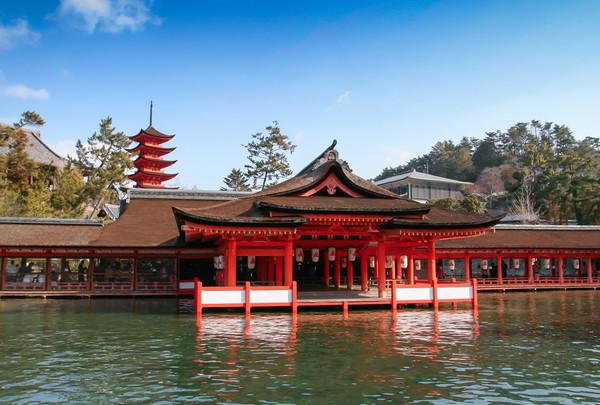
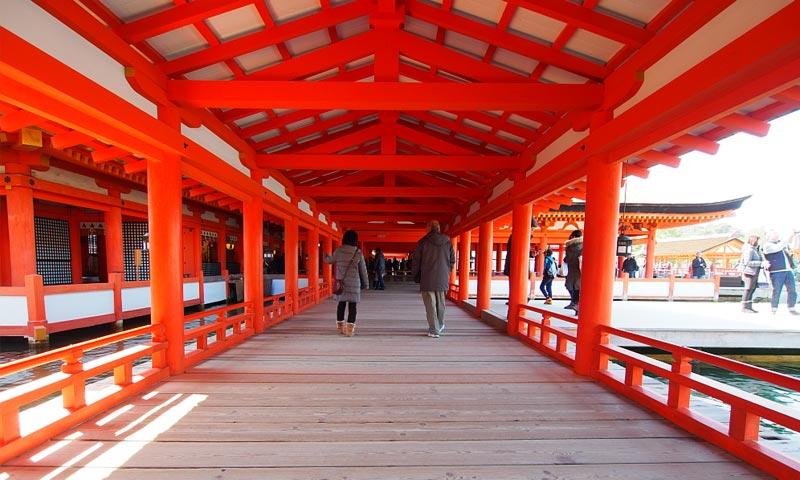
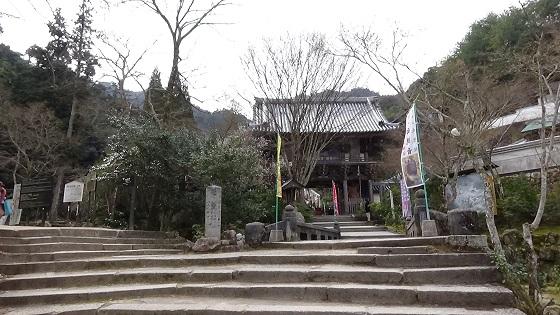
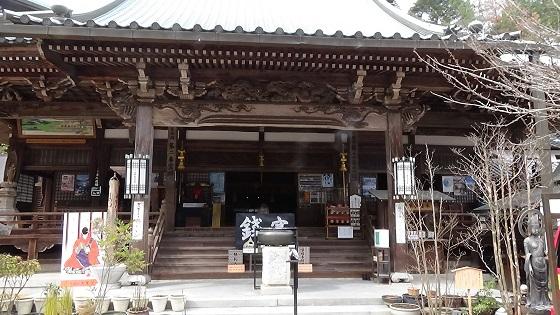
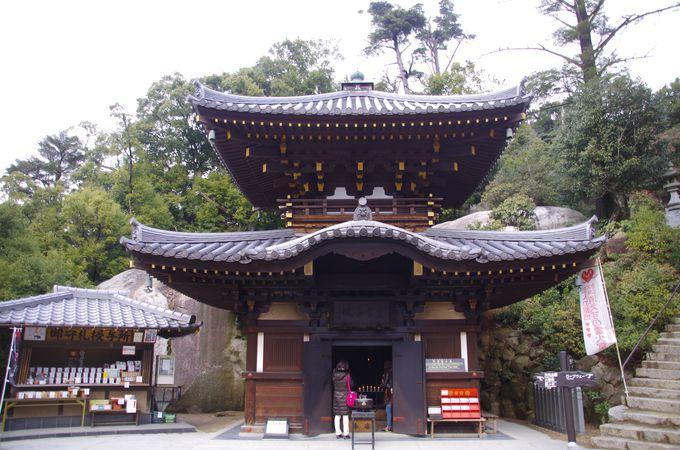
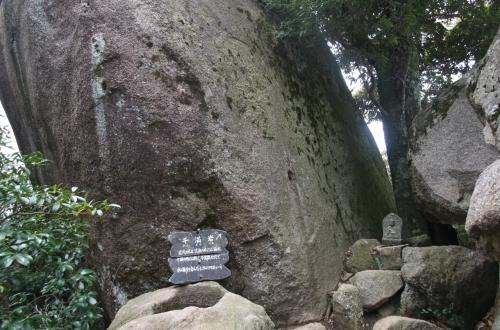
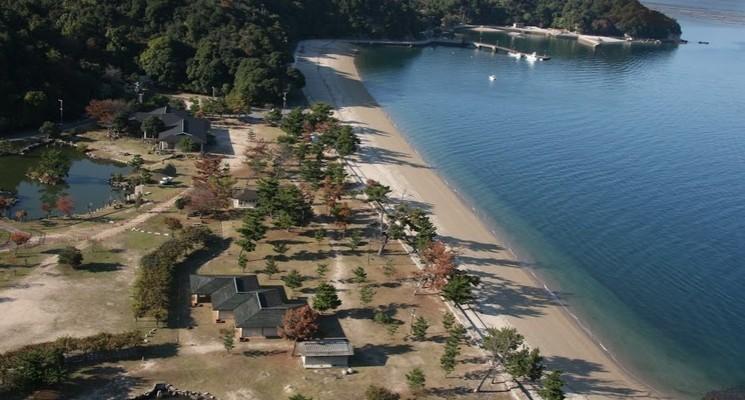
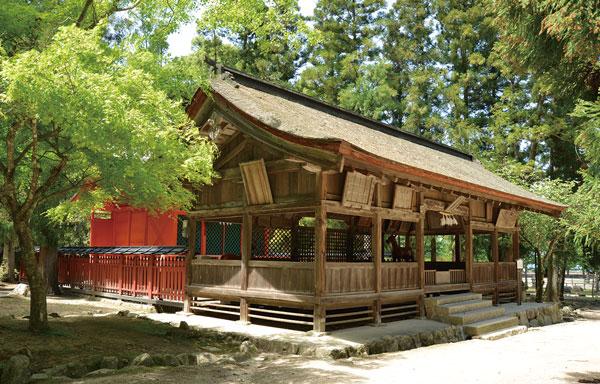
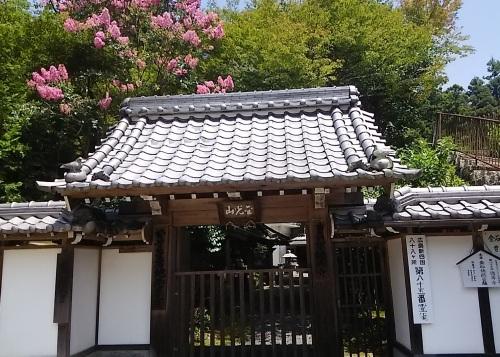
.jpg)

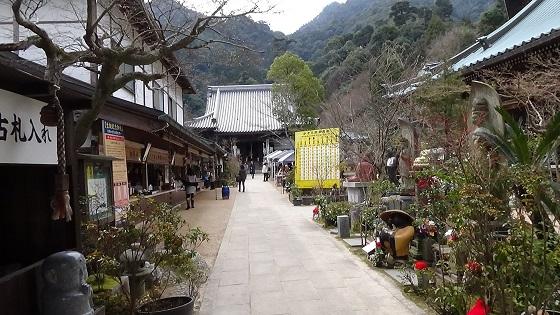
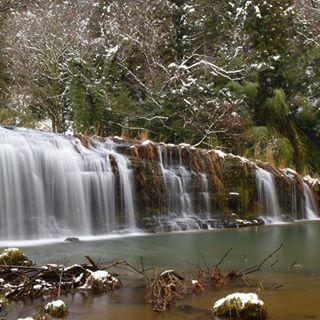

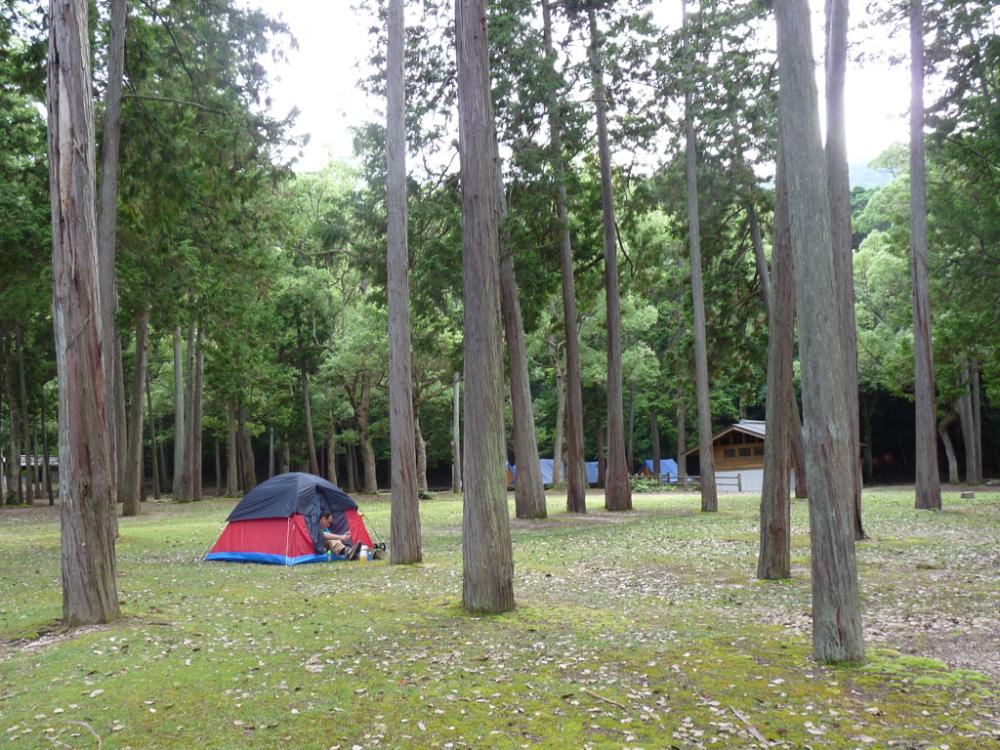


.jpg)

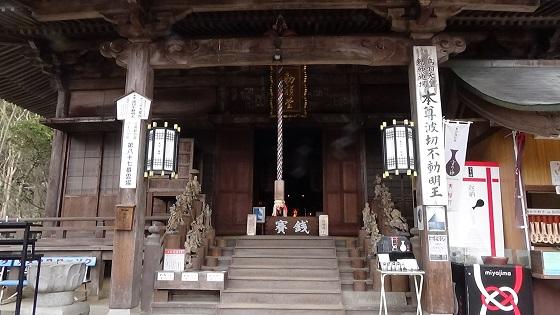
%20(2).jpg)
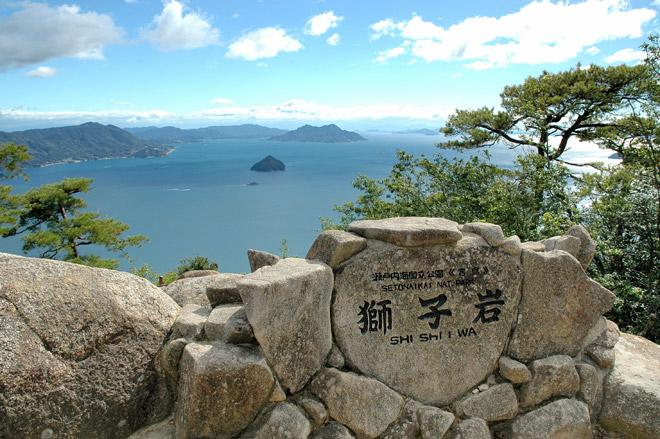

%20(1).jpg)
